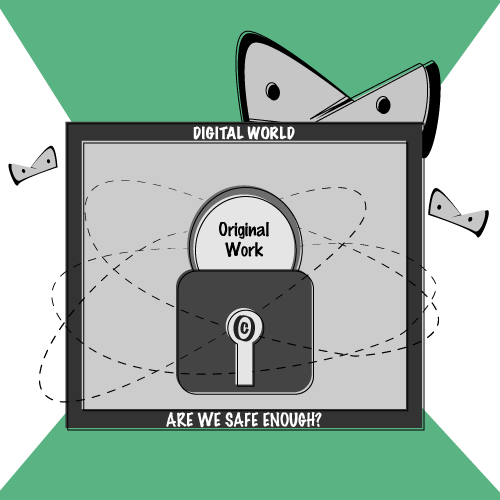Digital Copyright Law

Introduction
The subject of law is a topic that is ever evolving since it is a response to social problems, which change through time. Technology is one such sector where the law needs to be updated frequently. Technology is one of the most amazing gifts that the human mind has given to the human race, and digital technology is the most recent development that is being made on a global basis. Without a doubt, digitalization has changed the world for the better, but when technology is misused, it also breeds anarchy and crime. The copyright is the intellectual property right that is most impacted. In the digital age, copyright protection has emerged as a major concern. The copyright regime in India is governed by the Copyright Act, 1957. It confers a sole right that is strictly statutory in nature and subject to specific time restrictions. The Act has been modified seven times till date in order bring its provisions into line with current demands. In light of the situation at hand, the 2012 revision to “The Copyright Act, 1957” has received praise from the legislature.
Copyright in Digital Age
The quick development of technology has had an ongoing effect on how copyright laws operate and broaden their application and subject matter. Although digital technology has given copyright holders the best possible digital copies and expanded their capacity to duplicate and distribute the works, it has also put their ability to enforce the rights in the online world in jeopardy. It is laudable that developing technologies have allowed for an unparalleled increase in the speed, accuracy, and quality of the distribution and reproduction of digital content. Yet, the digitalization of copyrights has also enabled similar change, mixing, and manipulation of information more or less simple, which poses a serious threat to works protected by copyright. By facilitating the process of not only collecting information but also storing it, further spreading it with accuracy, and doing it at a very low cost, the unlawful use of works protected by copyright has increased in the cyberspace.
Issues and Challenges
As technology advances and the realm of digital copyright expands, it encounters numerous problems and difficulties. The following are some of the problems and difficulties that India’s digital copyright laws face:
Rights of Reproduction and Distribution
One of the problems in the age of digital copyright is the basic freedom to reproduce. Since a work cannot be circulated without being reproduced, dissemination involves reproduction. Every stage of transmission involves some form of reproduction. Technologies for conveying copyrighted work have been developed thanks to modern technology. Reproduction must take place in a physical form in India, and it also includes “keeping it in any medium via technological means.” Yet, there is no conclusive evidence that all reproductions in cyberspace fall within the legal definition of the right to reproduction. The growth of the digital world has had a substantial impact on the right of distribution once more. As the two rights merge in cyberspace, the problem appears to be considerably more complicated.
Jurisdiction
Determining the jurisdiction is an herculean task as there might be numerous geographical locations involved in copy right infringement case. There are various factors that pose as obstacles in protecting copyrights. There might be situations where the copyright owner and the perpetrator might be in two different places. They might be meters away or even half way around the world away. This is one of the main reasons why it is a very difficult task to protect copyrights on a global scale. Then arises the issue of which jurisdiction would be suitable. Even when these issues are also the subject of international treaties, each state and its legal system are ultimately responsible for deciding which court has the authority to rule on disputes considering the international component. The concepts of jurisdiction and territoriality are inseparable. The subject of territoriality which is rooted both at the international and municipal level results in a complex situation for copy right protection and infringement, especially when an infringement is clearly established it becomes difficult to ascertain the appropriate jurisdiction.
Public use versus Private use
The distinction between reproducing a specific work for public and private use is made by the Copyright Act of 1957. This distinction also enables the use of copied copies of works protected by copyright that are in the public domain with the prior consent of the original author or creator. The transmission of work has evolved as cyberspace has developed. A person or user can disseminate or transmit a work that is protected by copyright to numerous people via online resources, making it difficult for copyright laws to uphold the owner’s rights.
Domestic Intellectual Property Right Laws
To prevent any delays and administer justice in cases of copyright infringement in India, it is crucial that the various state laws governing the various jurisdictions are in harmony. IPR rules that are consistent across states are currently lacking, which frequently causes delays in the legal system and undermines its ability to deliver justice. Thus, it is imperative that unified domestic IPR laws be put into place in order to give consistent rules for guarding against copyright infringement.
Enforcing Liability
Because there are multiple parties involved in copyright infringements, those parties’ tools, services, and venues are used by the individuals involved, making it difficult to enforce any kind of penalty. Additionally, it is unclear to what extent those other parties should be held accountable for the infringement that results from those other parties’ use of those tools, services, and venues. However there may be multiple parties engaged in a single case of online copyright infringement. Information passes through a number of levels and computers before being released into the public domain. Such violations may involve a number of individuals, who may also have bases of operations in completely different locations.
In the case of UTV Software Communication Ltd. Vs 1337X.To and Ors., the Delhi High Court held that there is no distinction between the infringement of copy right both in the physical and the digital world. However, there is no explanation as to why a crime in the physical world is not a crime in the digital world especially when the Copyright Act does not make any such distinction.
An other piece of legislation that addresses violations of digital copyright is the Information Technology Act of 2000. Online distribution of copyrighted works is a crime under Section 66 of the Act, which carries a maximum sentence of three years in prison and a maximum fine of two lakh rupees. The “John Doe” order is a relatively recent step that the Indian courts have made to lower the number of instances of digital infringement there. John Doe orders only ask for a very limited amount of information on the accused, whose name is not known at the time the petition is filed. According to Order 39, rules 1 and 2 of the Code of Civil Procedure, 1908, Indian courts have the authority to order “John Doe” with an injunction.
Remedies against Infringement in Digital Environment
Preventive actions that ensure the owner’s rights and interests are safeguarded in the digital domain have gained momentum as a result of copyright infringement in the digital sphere.
Some of the remedies are:
- Digital watermarks: The owner can track his work and prevent it from being duplicated, making it the simplest method of copyright protection. In order to prevent making of illegal copies of the author’s original work, watermarking is used.
- Blockchain technology: In this technique, each transaction is agreed upon in full by the parties and is then encoded into a block of digital data that is either individually signed or identifiable. It is seen as a great tool to address the issue of copyright in the Digital Domain because of how it works.
- Access control and copy control: The user can check the creator or his unauthorised usage of the work using this software. In addition, a number of international treaties and conventions, including the World Copyright Treaty of 1996 and the WIPO Performance of Phonogram Treaty of 1996, provide protection for copyright issues in the digital sphere.
Conclusion
In conclusion, the digital world needs more attention in the copyright laws. The advancement in technology is rapidly growing that the infringement cannot be restrained by the laws made. The main contract of reproduction of work and the assignment of work are different. The conflicting zone of technology and the legal system has created challenges in the digital era of advancements and due to this, it can affect both the technology and the legal scenario in the near future. Therefore, all the problems shall be taken into consideration which will give benefit to the public at large in the digital domain. The main idea is to protect the original work despite the technological advancement and the digitalization which will further help the researchers, students, teachers, authors, etc to ascertain the original work and to take permission from the owner of the copyright.

